Tom’s Hardware Verdict
Thermalright’s 360mm AIOs punch above their price class and offer top tier cooling capable of handling the hottest CPUs on the market.
Strong thermal performance
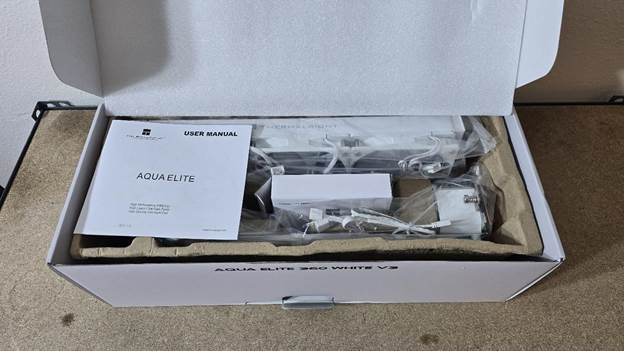
Available for less than $65 USD
Easy installation
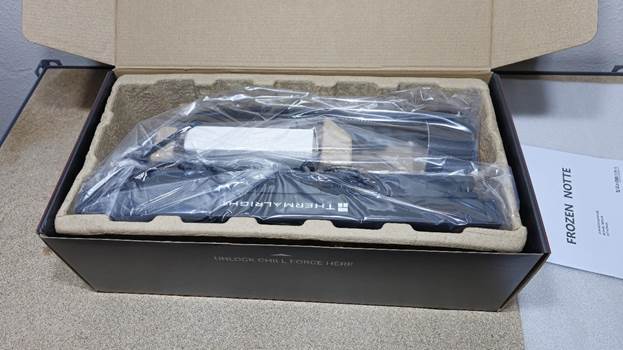
Cons
None apparent
Why you can trust Tom’s HardwareOur expert reviewers spend hours testing and comparing products and services so you can choose the best for you.Find out more about how we test.
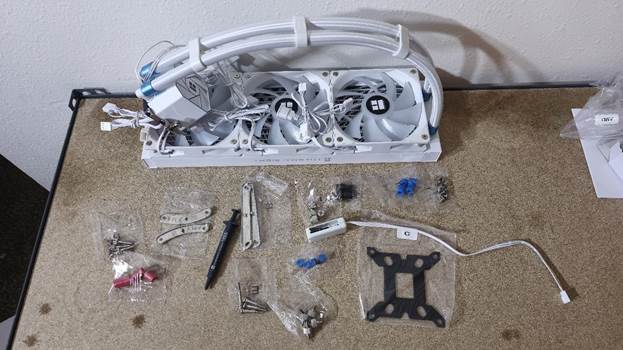
Features and Specifications
Thermalright is arguably the most competitive cooling brand on the market right now, their products having better value and lower price tags than any of their competition. When it comes to air coolers, it is hard to recommend any other competitor – theirPhantom Spirit 120 Evooffers the best combination of performance, noise levels, and price of any air cooler currently on the market.
With Thermalright’s air coolers performing so competitively, we just had to test out some of their liquid coolers. Today’s review will cover two of their latest 360mm AIOs, the Frozen Notte 360 and Aqua Elite 360 White V3. With price tags of less than $65 USD, these AIOs are available for half the price of many competitors. Thermalright’s air coolers have earned spots onour best coolers list, but do their liquid coolers also have what it takes? We’ll have to put it through testing to find out. But first, here are the specifications from Thermalright.
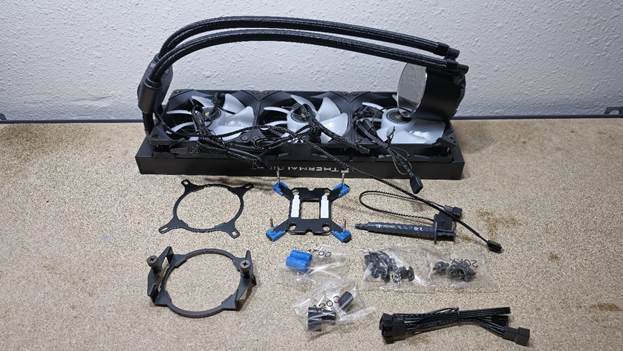
Cooler specifications
Packing and included contents
The packaging of each AIO is similar to most other units on the market, with molded cardboard, foam, and plastic coverings for the protection of the contents.
Included with the cooler are the following:
LGA 1700 installation
The installation of the coolers is simple. The fans of the unit arrive pre-installed, which saves time during installation.
- Press the backplate against the rear of the motherboard, and then secure it using the included standoffs. There is one difference between the installation of these units at this stage. The Frozen Notte has a pre-assembled backplate, the Aqua Elite’s must be assembled by the user.
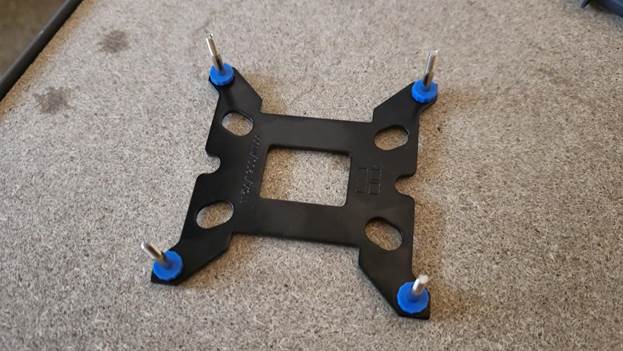
Place the mounting bars on top of the standoffs, and secure them with the included thumbscrews. You won’t need to follow this step on the Frozen Notte 360, as its design doesn’t require mounting bars.
Next you’ll need to apply thermal paste to the CPU – and if you’re unsure how to do that, see ourHow to Apply Thermal Pasteprimer.
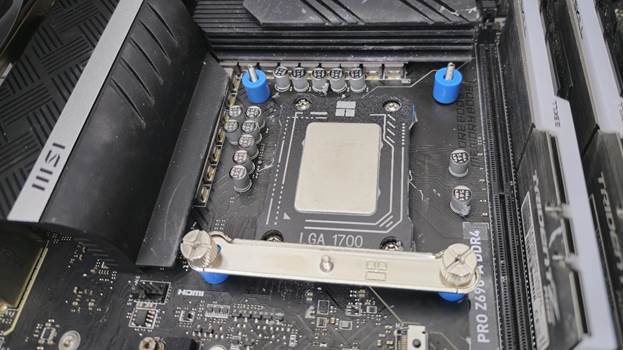
Place the CPU block on top of your CPU, and secure it with a screwdriver.
Finally, connect the ARGB and PWM headers to your motherboard and power on your computer.
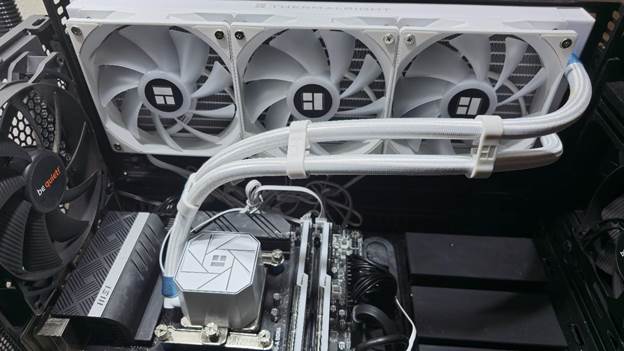
Features of Thermalright’s 360mm AIOs
▶ Large copper contact plate
Both units include large copper CPU contact plates to help move heat away from the CPU.
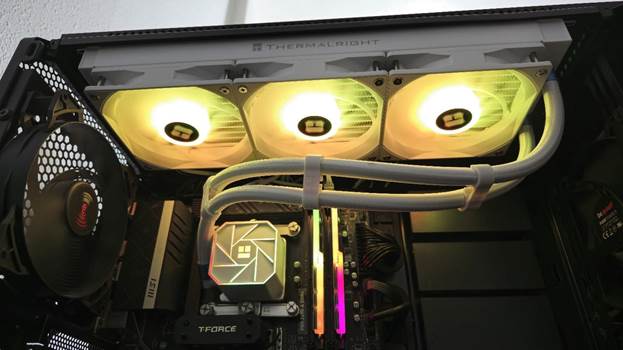
▶27mm thick radiator
The radiators included with the liquid coolers are 27mm thick, which is typical of most units currently on the market.
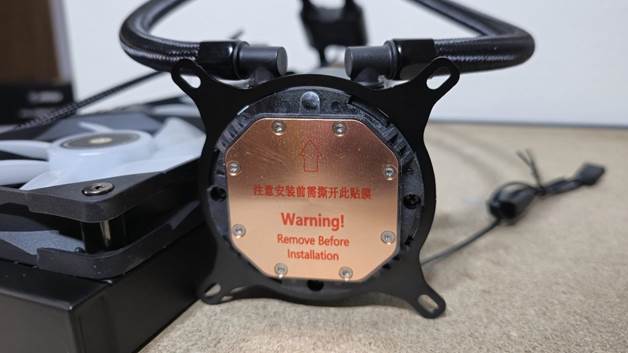
▶In-line AIO pump (360 Notte only)
Most AIOs on the market feature liquid pumps integrated on the CPU block. The Frozen Notte 360 incorporates an in-line liquid pump, which is different from many other units on the market. In the past, many AIOs with this style of pump have underperformed – but as you’ll see in thebenchmarksbelow, that is not the case with the Frozen Notte 360 as it performs very well!
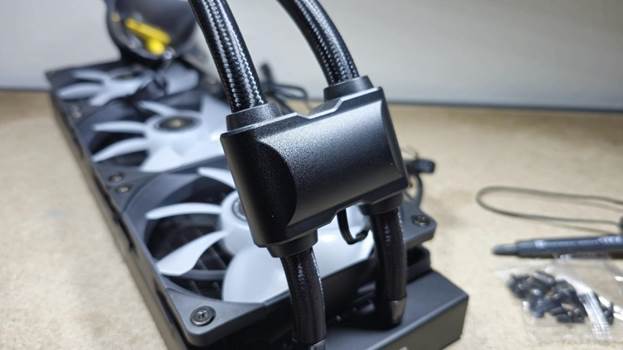
▶Fully rotatable, braided tubing and full RAM compatibility
As an AIO does not interfere or overhang DIMM slots in any manner, all sizes of RAM, no matter how tall, are compatible Thermalright’s AIOs. The tubes of the of the AIO are braided, secured with metal fittings, and are fully rotatable for ease of installation and setup.
▶Cable management clips
Included with the AIOs are clips to help keep the tubing of the AIO straight and tidy.
▶ARGB accents on CPU Block (Aqua Elite White V3 only)
The CPU block of the Aqua Elite White V3 has thin ARGB strips incorporated into its design, giving it a unique aesthetic accent.
▶Infinity Mirror CPU Block (Frozen Notte 360 only)
The Frozen Notte 360 features an infinity mirror CPU block to give it a catchy flair.
▶Accessible coolant refill port
Some AIO manufacturers don’t include refill ports on their AIOs. The manufacturers that do often try to scare you away from servicing your own equipment with a “warranty void when removed” sticker that istechnically illegal in the U.S. under the Magnuson-Moss Warranty Act.
While you shouldn’t need to refill Thermalright’s AIOs during the lifespan of their 3-5 year warranties, but should you feel the need to refill the unit there is an accessible port available without any stickers to scare you away from servicing the equipment.
▶3x 120mm fans
I say this on almost every cooler review, but there’s more to a cooler than just the heatsink or radiator. The bundled fans have a significant impact on cooling and noise levels, as well as how the cooler looks in your case.
The fans on each unit are different. The Frozen Notte includes 7-bladed fans that are powerful and can run loudly. The Aqua Elite’s fans have 9 thinner fan blades and are tuned for lower noise levels.
LGA1700 Socket Bending
There are many factors other than the CPU cooler that can influence your cooling performance, including the case you use and the fans installed in it. A system’s motherboard can also influence this, especially if itsuffers from bending, which results in poor cooler contact with the CPU.
In order to prevent bending from impacting our cooling results, we’ve installed Thermalright’sLGA 1700 contact frameinto our testing rig. If your motherboard is affected by bending, your thermal results will be worse than those shown below. Not all motherboards are affected equally by this issue. I tested Raptor Lake CPUs in two motherboards. And while one of them showed significant thermal improvements after installing Thermalright’s LGA1700 contact frame, the other motherboard showed no difference in temperatures whatsoever! Check outour review of the contact framefor more information.
Testing methodology
Today’s highest-end CPUs, whether Intel or AMD, are difficult to cool in intensive workloads. In the past. reaching 95 degrees Celsius or more on a desktop CPU might have been a cause for concern. But with today’s top-end CPUs, this is considered normal operation. Similar behavior has been present in laptops for years due to cooling limitations in tight spaces.
All testing is performed with a 23 degrees Celsius ambient room temperature. Multiple thermal tests are run on each CPU to test the cooler in a variety of conditions, and acoustic measurements are taken with each result. These tests include:
Noise-normalized testing at low noise levels
“Out-of-the-box”/default configuration thermal & acoustics testing
a. No power limits enforced
b. Because CPUs hit TJMax in this scenario, the best way to compare cooling strength is by recording the total CPU package power consumption.
- Thermal & acoustic testing in power-limited scenarios
a. Power limited to 175W to emulate a medium-intensity workload
b. Power limited to 125W to emulate a low-intensity workload
The thermal results included are for 10-minute testing runs. To be sure that was sufficiently long to tax the cooler, we tested both Thermalright’s Assassin X 120 R SE and DeepCool’s LT720 with a 30-minute Cinebench test with Intel’s i9-13900K for both 10 minutes and 30 minutes. The results didn’t change much at all with the longer test: The average clock speeds maintained dropped by 29 MHz onDeepCool’s LT720and 31 MHz on Thermalright’s Assassin X 120 R SE. That’s an incredibly small 0.6% difference in clock speeds maintained, a margin of error difference that tells us that the 10-minute tests are indeed long enough to properly test the coolers.
MORE:All CPU Cooling Content
Current page:Features and Specifications
Albert Thomas is a contributor for Tom’s Hardware, primarily covering CPU cooling reviews.